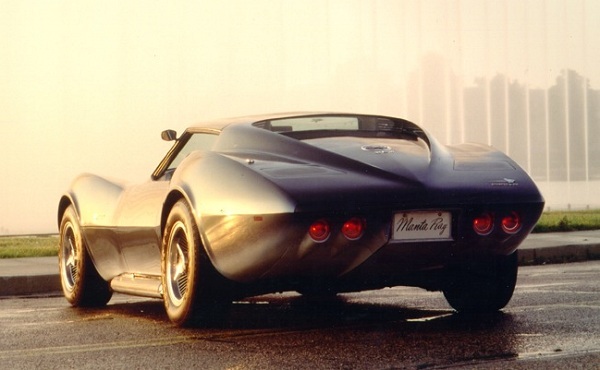Dreaming Big: Five Cool Corvette Concepts

by Teddy Field
Corvette Forum
Concept cars are designed to give the public a glimpse into the future. A taste of what could be, if the brass upstairs should happen to feel generous. So let’s have a look at the Top 5 Corvette Concepts, and dream about what might have been.
1968 Corvette Astro II XP-880
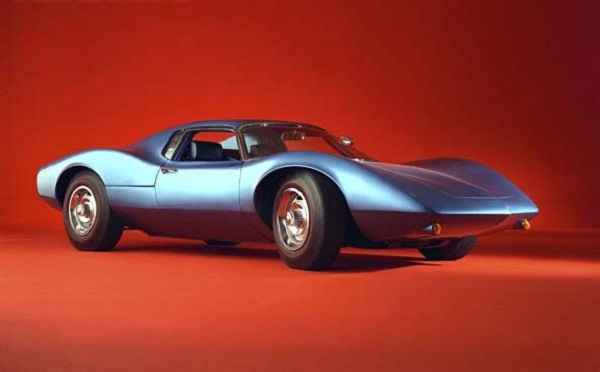
Unveiled at the 1968 New York Auto Show, the Astro II was Chevrolet’s mid-engined answer to Ford’s GT-40. It featured a reverse-mounted 427, with a 2-speed PowerGlide transmission, and a center-backbone frame. This unusual arrangement allowed the car’s 20-gallon fuel cell to be mounted in the center of the frame, for optimal weight distribution. And the backwards-mounted engine was able to hide its starter and ring gear in a space under the reclined seats.
The Corvette Astro II was able to pull an impressive 1.0g of lateral acceleration, and it even weighed 300 lbs less than a production 427 Corvette (3,300 lbs). At the time, many people expected GM to launch a mid-engined Corvette like the Astro II, but that never came to be. Probably because the Astro II’s PowerGlide transmission proved too weak for such a powerful car.
1954 Corvette Corvair Concept
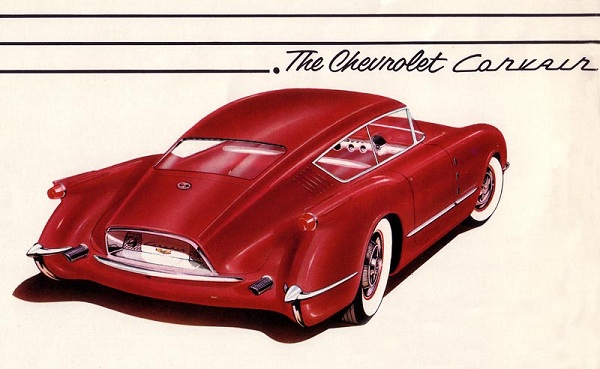
That’s right, Corvette Corvair. Barely nine years earlier, the entire world was at war. Hitler had attempted to take over Europe, and Hirohito killed 2,350 Americans stationed in Hawaii. We wound up winning the war, but not before paying a heavy price.
America bounced back shortly after, and we were looking forward to a future free of oppression. It was an optimistic time, and that was clearly evident in American car design. GM’s chief designer Harley Earl, wasn’t afraid to take chances. So he put tail fins & a metric-ton of chrome on nearly every car in GM’s line?even its new sports car, the Corvette.
Corvette sales had slumped for 1954, and Chevy’s new sports car line needed a shot in the arm. So Earl’s team took a production Corvette and added a sleek fastback body. Complete with large chrome tail pipes exiting through the fiberglass body’s hind end.
It wasn’t the most practical design, but it had the European flair that most customers of the time favored (remember, our GI’s had just spent a lot of time over there). And while the Corvette Corvair never made it into production, the name would eventually find its way onto Ralph Nader’s favorite car!
1969 Manta Ray
You were probably expecting to see the famous Corvette Mako Shark on this list, but we’re going to do one better. This 1969 concept car was actually the original 65′ Mako Shark II with a slightly different body.
Chief designer Bill Mitchel had been using the 65′ Mako as his daily driver, but he surrendered it in 1969, to make an updated version of the car that inspired the current (C3) Corvette.
The Manta Ray Concept retained many of the Mako Shark’s original features including; a digital speedometer, headrest-mounted speakers, and a deployable rear bumper. But after Mitchel’s Makeover, the new concept had the new all-aluminum ZL-1 427, rear-mounted flaps that deployed under hard braking, and bodywork that emulated a massive Manta Ray.
1959 Corvette Stingray Racer: XP-87
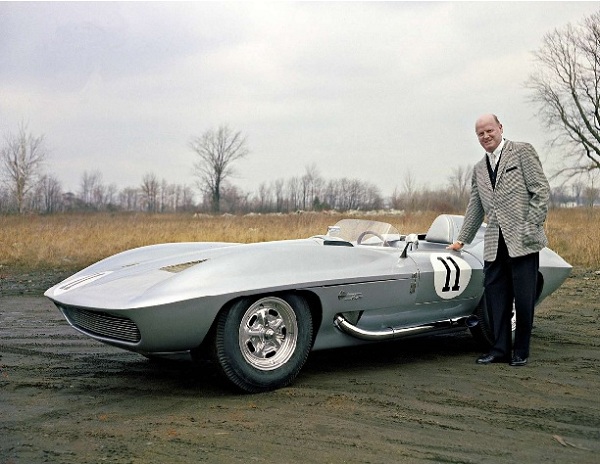
Though manufacturer sponsored racing was officially banned, Chief Designer Bill Mitchel decided to build a concept Corvette race car using his own money. So he enlisted the help of fellow designer Larry Shinoda, then he procured Zora Duntov’s 1957 SS test-mule chassis as a base.
The resulting Stingray Racer was powered by a 315-hp, fuel-injected 283 cid V8, and was successfully campaigned by SCCA driver Dr. Dick Thompson?aka ?The Flying Dentist?. He actually wound up winning dual consecutive class championships in 1959 and 1960, and the Stingray Racer was detuned and retired to show-car duty.
While the Corvette XP-87 helped Mitchel and GM test improvements to the 4-speed manual transmission, and discover new uses for aluminum, it’s best known for influencing the design of the C3 Corvette.
2009 Corvette Sting Ray (aka Sideswipe)
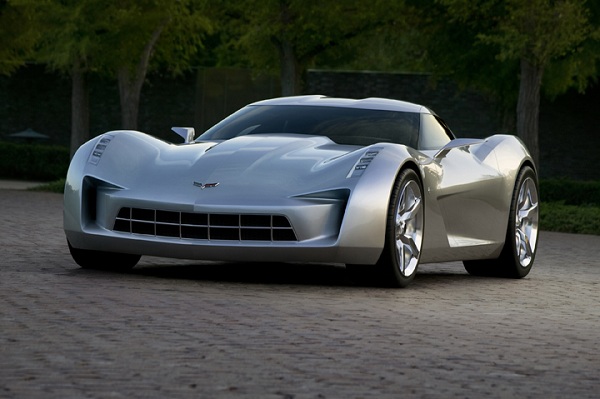
Detroit has been a suburb of Hollywood for most of the last century. And while the two cities may be separated by many acres of fruited plains, the products produced by these two cities are very intertwined. Case in point; the Transformer movies.
Hollywood producer Michael Bay relied on GM’s styling department to come up with the look for the AutoBots?mankind’s robotic saviors. This is why Bumble Bee was a Camaro, the medic-bot was a Hummer, and the one that got ripped in half by Megatron was a Pontiac Solstice (how appropriate). So for the second installment of the popular movie franchise, GM allowed Bay to use their Corvette Sting Ray Concept for the part of Sideswipe, an evil Decepticon.
Meant to pay homage to Bill Mitchel’s Sting Ray Racer, and the famous Stingray Split-Window Coupe, the 2009 Stingray Concept has dramatic body lines, draping huge wheel arches like a little black dress on the backside of Angelina Jolie. And while we don’t know what engine powered this uber-villain, we sure hope that Sideswipe gets transported to our local Chevrolet dealer real soon.

